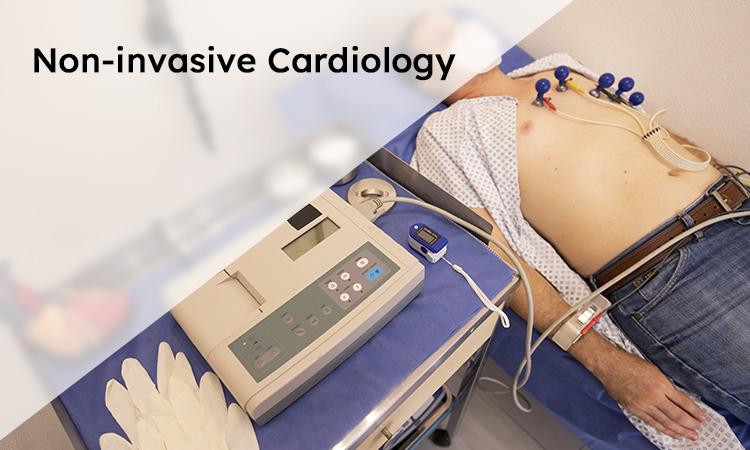
Stress Echocardiogram
| Test Name: | Stress Echocardiogram |
|---|---|
| Test Component: |
An exercise stress
echocardiogram (also called a stress echo) is a non-invasive diagnostic test
that uses ultrasound imaging to assess the heart's response to physical
activity. During the test, the patient will exercise on a treadmill or
stationary bike while their heart rate and blood pressure are monitored. At the
same time, an echocardiogram will be performed to evaluate the heart's
structure, function, and blood flow.
·
Who is it suitable for?
Exercise stress
echocardiogram is usually recommended for patients who have symptoms such as
chest pain, shortness of breath, or fatigue during exercise, which could
indicate an underlying heart condition. It is also used to evaluate the
effectiveness of treatments or to assess the risk of future cardiac events in
patients who have already been diagnosed with heart disease.
|
| Testing Cut-off Time: | - |
| Methodology: | Non-invasive cardiology refers to a branch of cardiology that involves the use of non-invasive techniques and procedures to diagnose and treat heart and cardiovascular diseases. These techniques include various imaging techniques such as echocardiography, nuclear cardiology, and cardiac magnetic resonance imaging (MRI), as well as electrocardiography (ECG) and stress testing.. |
| Description: | An exercise stress echocardiogram (also called a stress echo) is a non-invasive diagnostic test that uses ultrasound imaging to assess the heart's response to physical activity. During the test, the patient will exercise on a treadmill or stationary bike while their heart rate and blood pressure are monitored. At the same time, an echocardiogram will be performed to evaluate the heart's structure, function, and blood flow. · Who is it suitable for? Exercise stress echocardiogram is usually recommended for patients who have symptoms such as chest pain, shortness of breath, or fatigue during exercise, which could indicate an underlying heart condition. It is also used to evaluate the effectiveness of treatments or to assess the risk of future cardiac events in patients who have already been diagnosed with heart disease.. |
| Collection Instruction: | Non-invasive techniques do not involve surgery or the use of needles, fluids and catheters. Analyze and diagnose heart conditions using various tools and techniques like nuclear cardiology, echocardiography, cardiac electrophysiology, stress tests and heart monitors. |
| Department: | Diagnostics |
| TAT: | - |
| REQUISITIONS AND CLINICAL PREREQUISITES: | Noninvasive cardiology is cardiology that doesn't require the cutting or piercing of your skin. Usually, this focuses on the use of procedures to diagnose heart problems, such as: Chest x-rays. Electrocardiogram (EKG / ECG) Echocardiography. |



